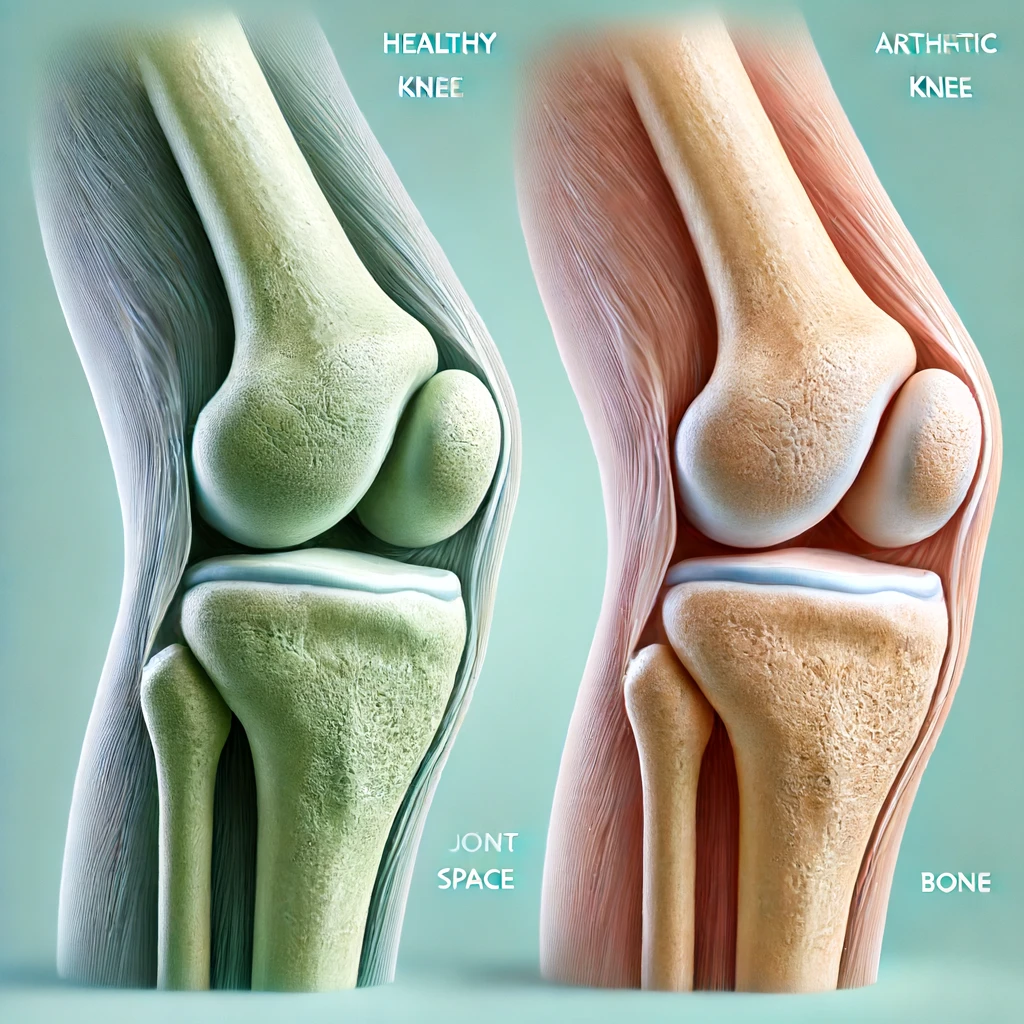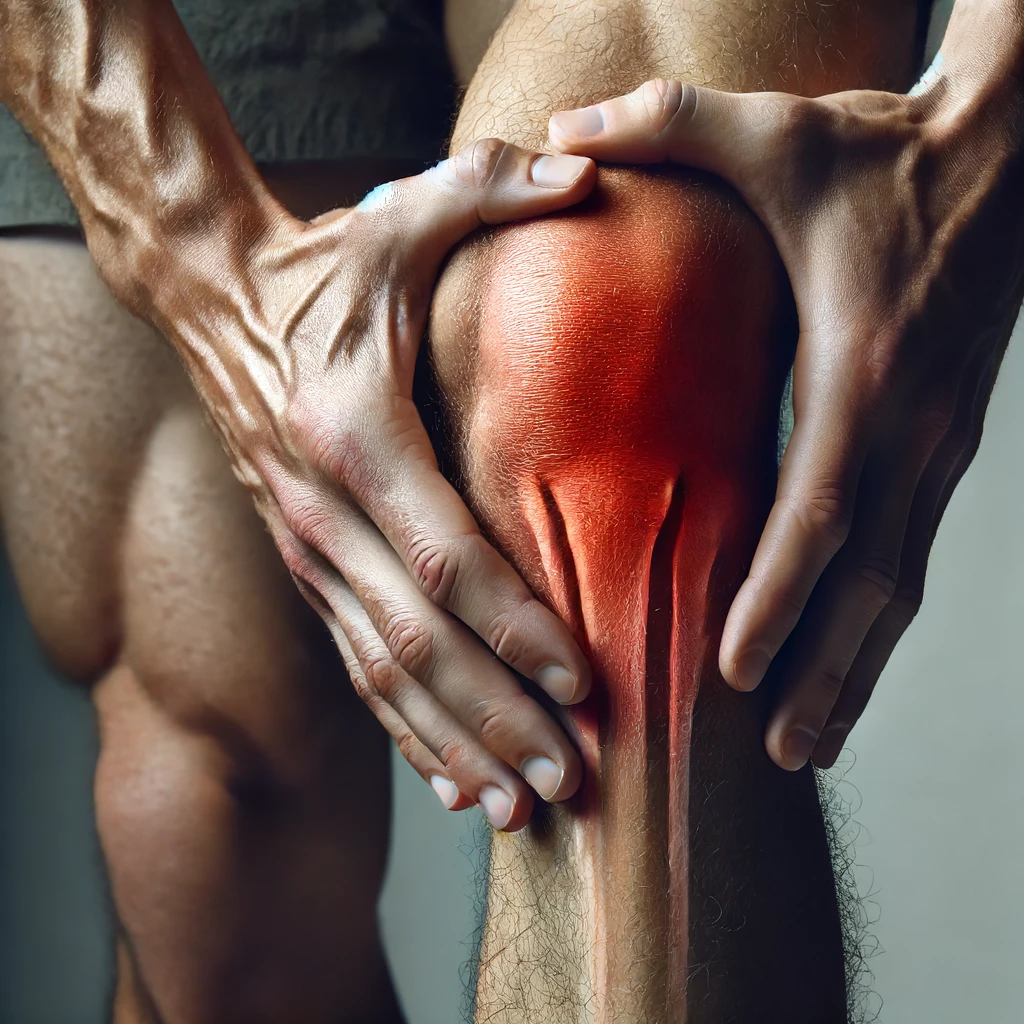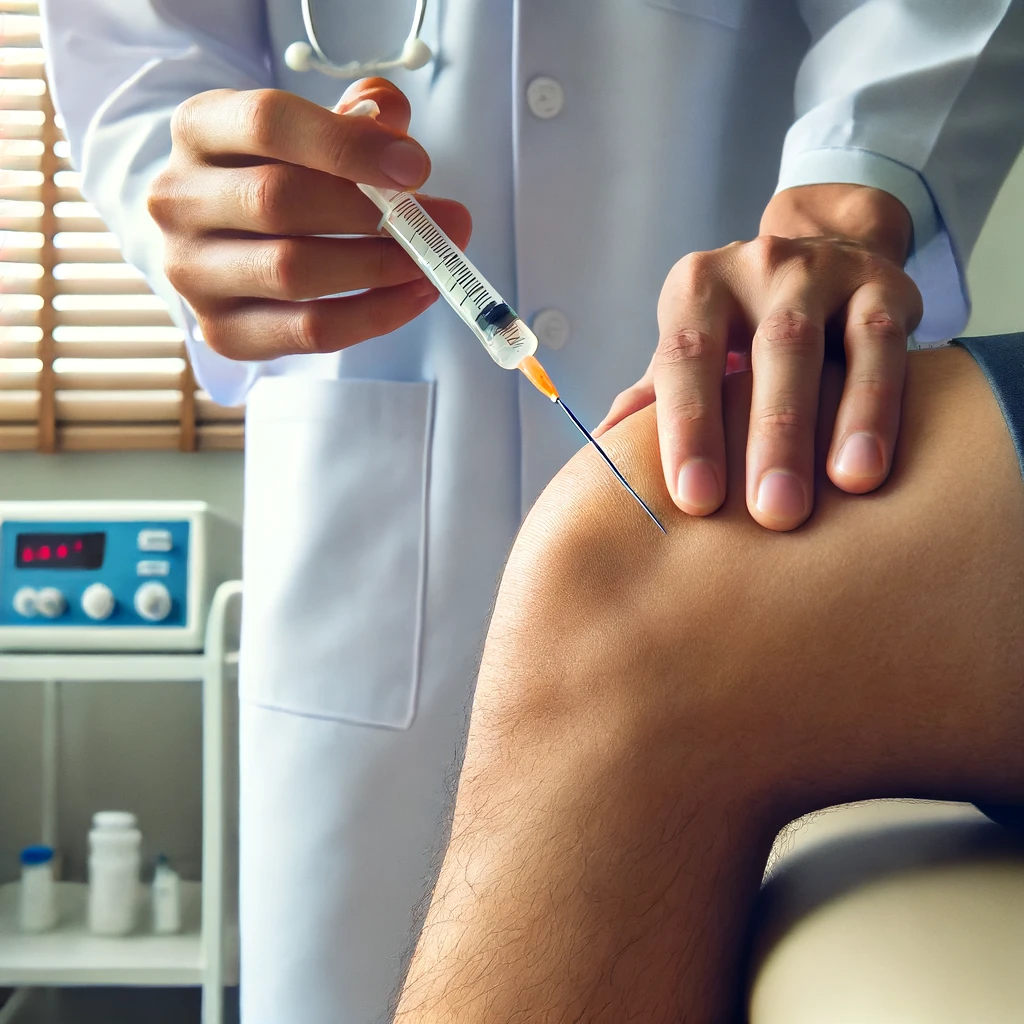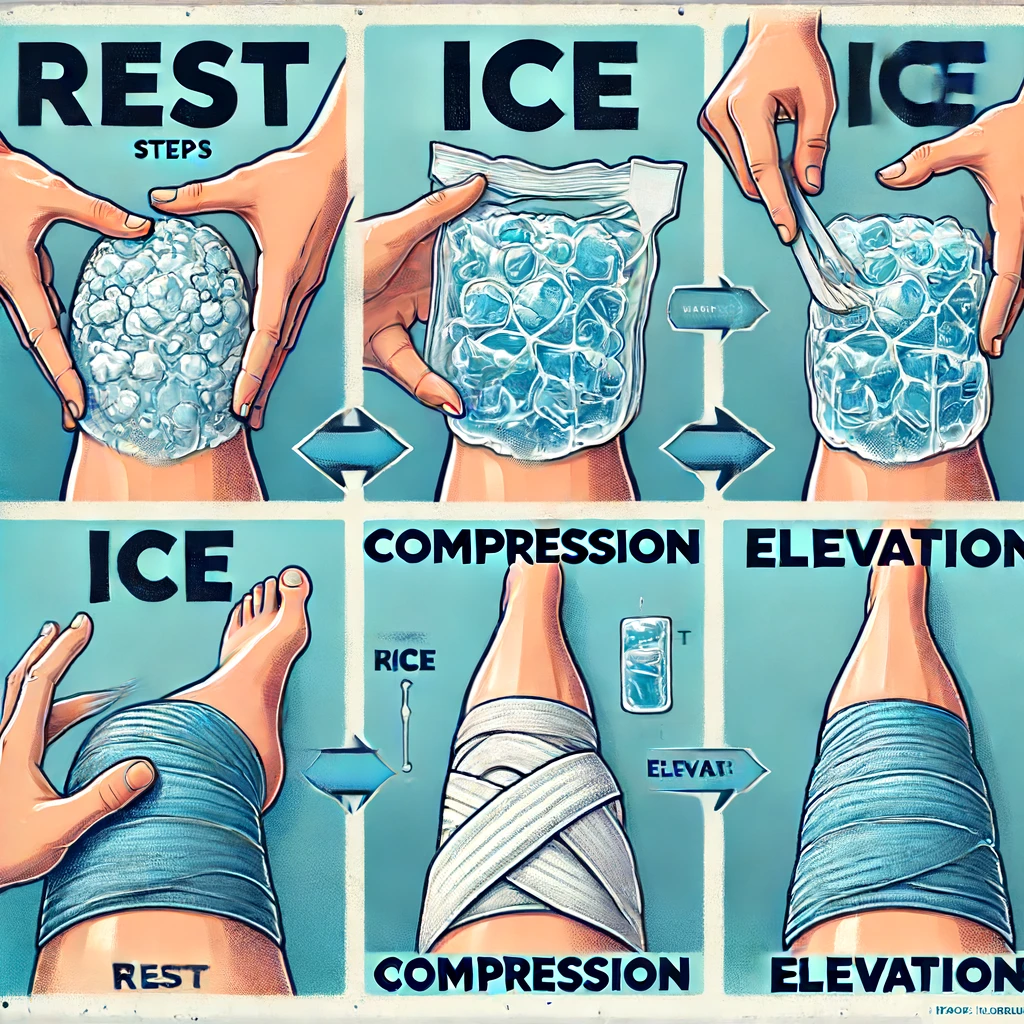Comprehensive Guide to Understanding and Managing Knee Swelling
Introduction
Knee swelling can be a debilitating condition, affecting your daily activities and overall quality of life. Whether you’re an active individual or someone dealing with chronic joint pain, understanding the causes and treatments of knee swelling is crucial to maintaining your health and mobility.
In this guide, you’ll discover the various causes of knee swelling, effective treatments, and preventive measures to keep your knees healthy. We’ll provide expert insights and practical advice to help you manage this condition and improve your quality of life.
Causes of Knee Swelling
Knee swelling, also known as knee effusion, can result from various factors ranging from injuries to chronic diseases. Understanding the underlying cause is essential for effective treatment and management.

Injuries: Trauma such as ligament tears, fractures, or meniscus injuries can cause immediate swelling. These injuries often occur during sports or accidents. For instance, a torn ACL (anterior cruciate ligament) can lead to rapid swelling due to internal bleeding within the joint.
Arthritis: Osteoarthritis and rheumatoid arthritis are common causes of chronic knee swelling. These conditions involve inflammation of the joint, leading to pain and swelling. Osteoarthritis, often associated with aging, results from the gradual wear and tear of cartilage, while rheumatoid arthritis is an autoimmune condition where the body’s immune system attacks the joint lining.
Infections: Septic arthritis, an infection within the knee joint, can cause significant swelling and requires immediate medical attention. This condition can occur if bacteria enters the joint through a wound or the bloodstream, leading to severe inflammation and pain.
Gout and Pseudogout: These types of arthritis result from the deposition of crystals in the joint, causing sudden and severe swelling and pain. Gout is caused by the accumulation of uric acid crystals, while pseudogout involves calcium pyrophosphate crystals.
Supporting Data: According to a study published in the Journal of Orthopaedic & Sports Physical Therapy, nearly 10% of knee injuries in athletes result in significant swelling requiring medical intervention. Additionally, the Arthritis Foundation reports that over 31 million Americans suffer from osteoarthritis, many experiencing knee effusion.
Symptoms and Diagnosis
Recognizing the symptoms and seeking proper diagnosis are critical steps in managing knee swelling effectively.

Symptoms: Common symptoms include pain, stiffness, redness, warmth around the knee, and reduced range of motion. Swelling may make it difficult to bend or straighten the knee fully, and the affected knee may appear visibly larger than the other.
Diagnosis: Healthcare providers may use physical examinations, imaging tests (X-rays, MRI) and joint aspiration to diagnose the cause of swelling. During a physical exam, the doctor will check for tenderness, warmth, and visible swelling. Imaging tests help visualize internal structures and identify any damage or abnormalities. Joint aspiration involves withdrawing fluid from the knee joint with a needle to test for infection, crystals, or other factors.
Supporting Data: The American Academy of Orthopaedic Surgeons emphasizes that early diagnosis and treatment can prevent long-term damage and improve outcomes for individuals with knee effusion.
Treatment Options
Treatment for knee swelling depends on the underlying cause. Options range from home remedies to medical interventions.

Medical Treatments: Corticosteroid injections can reduce inflammation and pain in cases of arthritis or severe inflammation. Physical therapy is beneficial for strengthening the muscles around the knee and improving flexibility. Prescription medications may be necessary for managing underlying conditions like rheumatoid arthritis.
Home Remedies: The RICE method (Rest, Ice, Compression, Elevation) is a common first-line treatment for knee injuries. Over-the-counter pain relievers and anti-inflammatory medications like ibuprofen can also help reduce pain and swelling.
Surgical Options: In severe cases where conservative treatments are ineffective, surgical options like arthroscopy, joint replacement, or other interventions may be considered. Arthroscopy involves using a small camera and instruments to repair or remove damaged tissue within the joint.
Supporting Data: A review in the Journal of Rheumatology found that nonsteroidal anti-inflammatory drugs (NSAIDs) are highly effective in reducing pain and swelling in acute knee injuries.
Preventive Measures
Recognizing the symptoms and seeking proper diagnosis are critical steps in managing knee swelling effectively.

Lifestyle Changes: Regular exercise to strengthen the muscles around the knee, maintaining a healthy weight to reduce joint stress, and using proper techniques during physical activities are essential preventive measures. Low-impact exercises like swimming and cycling are excellent in maintaining joint health without overstraining the knees.
Protective Gear: Using knee pads during sports and activities that put strain on the knees can help prevent injuries. Proper footwear that provides good support and cushioning can also reduce the risk of knee problems.
Regular Check-Ups: Early intervention and regular monitoring by healthcare professionals can catch potential issues before they become severe. Routine check-ups can help manage chronic conditions and prevent acute flare-ups.
Supporting Data: The National Institute of Arthritis and Musculoskeletal and Skin Diseases recommends at least 150 minutes of moderate aerobic activity weekly to keep joints healthy and prevent conditions like osteoarthritis.
Conclusion:
Knee swelling can significantly impact your daily life, but with the right knowledge and proactive measures, you can manage and prevent it effectively. Understanding the causes, recognizing symptoms, seeking appropriate treatment, and adopting preventive strategies are crucial steps in maintaining knee health.

